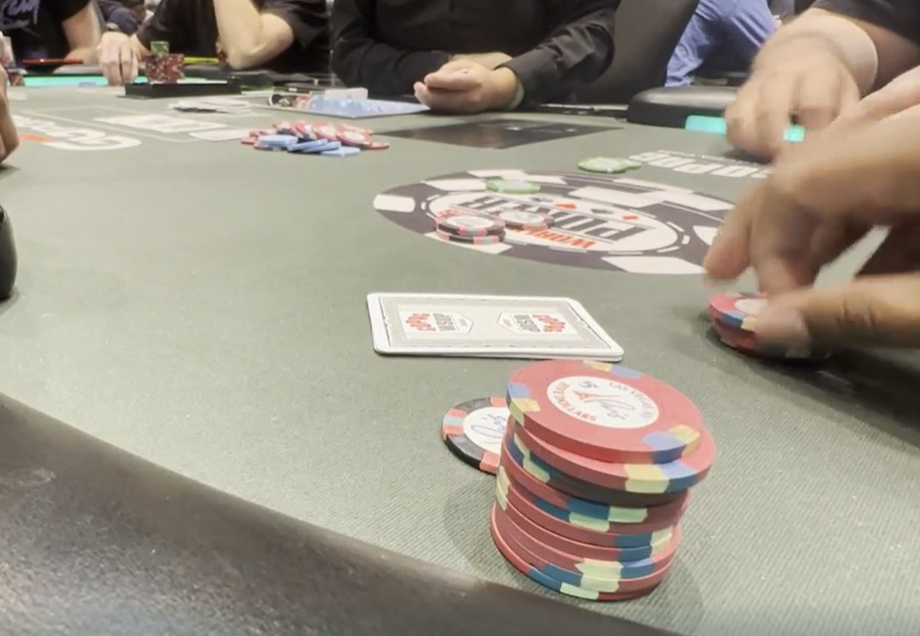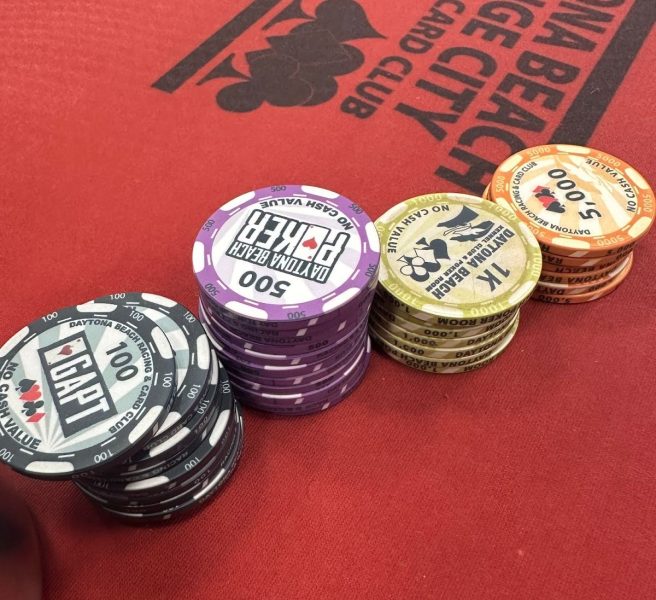
We received a question on Instagram asking about the best time to switch tables, so I’m going to share my approach to deciding when to stay and when to move.
The Importance of Table Selection
Table selection is one of the most critical factors in playing poker profitably. Imagine you’re one of the top players in the world, but you find yourself at a table with several players who are better than you. In this scenario, you’re likely to be the “fish”—the weakest player at the table. Even the best players in the world can lose money if they’re consistently up against opponents who are stronger. This underscores why selecting the right table is so important.
No matter your skill level, you’ll benefit greatly if you can find tables where your opponents are less skilled than you. The long-term success of your poker career often hinges on your ability to pick games where you have a clear edge. Even if you’re a solid player, you’ll win more against weaker opponents compared to players of equal or greater skill.
When to Switch Tables
One key factor in deciding whether to switch tables is your “image” at the table. By “image,” I mean how you’re perceived by other players—not just whether you’re seen as tight or loose, but whether you appear to be winning or losing. If you have a winning image, you’re often better off staying at the table, even if you’re currently down.
For example, if you buy into a game and lose a significant pot right away but then win a big hand shortly after, other players might still perceive you as a winner based on the size of your stack. This perception can be advantageous because opponents are less likely to challenge you aggressively, making your decision-making easier.

Indicators of a Good Game
When selecting a table, here are some indicators that suggest a game might be profitable:
- Active Atmosphere: Look for a lively table with lots of laughter, conversation, and players with drinks in front of them.
- Relaxed Environment: Fewer players wearing sunglasses or poker glasses and less focus on phones.
- Signs of Gambling: Large pots are a good sign that players are willing to gamble, which can indicate a profitable game.
Signs of a Less Desirable Game
Conversely, a table that might not be worth your time will often exhibit:
- Quiet and Tense Atmosphere: A silent table with players absorbed in their phones and wearing sunglasses.
- Serious Attitude: Multiple backpacks on chairs and minimal social interaction.
- Lack of Action: Few large pots and little to no drinking or laughing.
When to Move Tables
There are times when moving tables is beneficial even if you’re in a good game. For instance, if you’re “bum hunting”—looking to sit at a table with a specific weaker player who has just arrived—switching tables might be worth it. If their seat becomes available, it’s often a smart move to take it.
Additionally, if you find yourself with a losing image, even in a good game, opponents will likely play more aggressively against you. This can make decision-making more challenging. In such cases, switching tables might be the best option to refresh your situation and make your decisions easier.
Conclusion
If you sit down at a table and quickly realize it’s not a good fit, don’t hesitate to ask for a table change. Walk around the room to find the best available game, whether it’s a no-limit hold’em or PLO game.
These tips on table changing and selection can help you maximize your profits and improve your overall poker experience. If you have any additional strategies or questions about table selection and switching, feel free to comment on my youtube video about this topic. Don’t forget to like and subscribe, and remember to embrace the variance in both life and poker!





Leave a comment